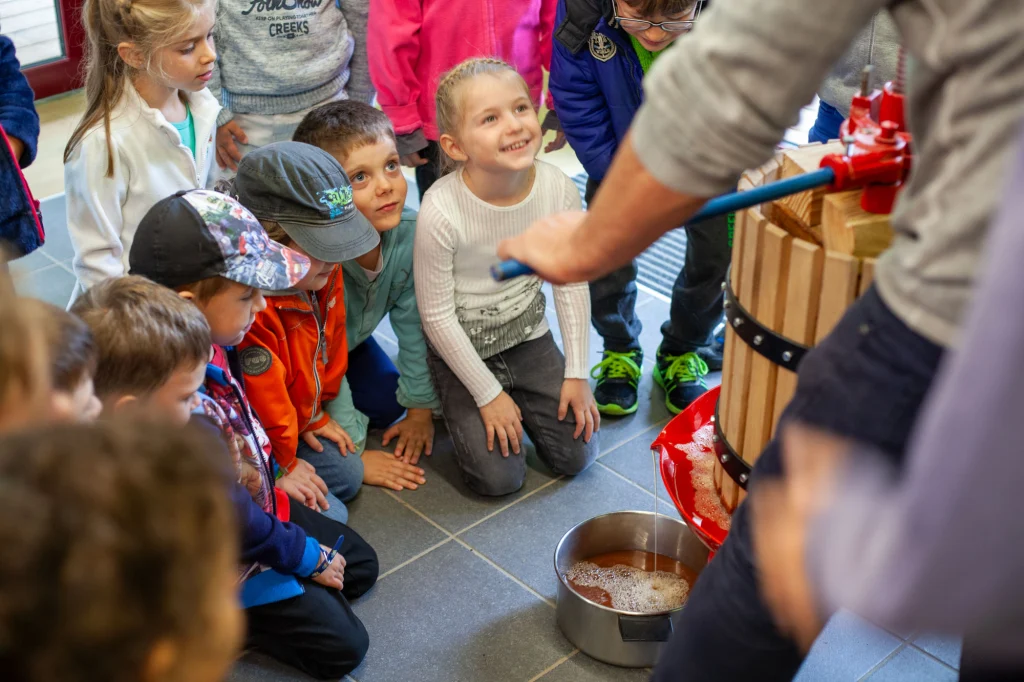
I was asked to write a short article on ways of using fruit harvested from orchards. I hope this summary will inspire a desire to plant more fruit trees in our towns and villages.
Following my attendance to the Assises de Nantes 1 in September, the Plante & Cité association 2 asked me to contribute to a technical guide on the management of urban orchard projects, to be published in Spring 2024. This guide is intended for “elected officials, managers and members of green space services, association leaders, gardeners, landscape architects, managers and members of associations, managers and members of green space companies, students… and citizens” who are interested in “landscapes of edible fruit in the city.” 3.
I was asked to talk about the use of fruits and their nutritional qualities, giving examples of varieties suitable for different types of processing.
I chose to focus on apples and to illustrate my article with photos to show the pleasure of picking and preparing them. I also wanted to give an example of what some public authorities are already doing, in this case, the Community of Agglomeration of the Bassin d’Aurillac in its environmental education centre La Plantelière 4. I completed an internship here at the end of my 2016 diploma in Education for Sustainable Development.
The article also mentions how a coulis made from fruits like blackberries, raspberries, and blackcurrants from domestic and community gardens could be used to enhance an apple compote. My accompanying suggestions come directly from my experiences during the autumn of 2016. Finally, I would emphasise that the apples produced in these gardens are usually untreated, so we can eat the skin, an essential source of nutrients, without any health risks.
Here is my article:
Eating apples
If untreated and grown far enough away from the worst urban pollution, it is best to take a good bite of an apple without peeling it. It’s the most nourishing! Just rinse it under running water as a precaution. Certain varieties such as Reine des Reinettes can be eaten as soon as they are picked. Choose the most colourful fruits which come off easily when lifted by exerting light pressure on the stem. Other varieties should be kept in a cellar for them to ripen. Sainte Germaine, for example, will ripen during the winter and remain juicy until spring.


You could also make juice or cider. The juice may be consumed raw on site or in the days that follow. It should be pasteurised if the fruit was picked up from the ground. With pasteurisation, juice will be available all year round while stocks last.

Apples can be dried, or cooked, in the oven, in cakes, in jam, to accompany savoury dishes… and of course in compote. Here is a super simple recipe with no added sugar which allows you to use small apples of any variety. It would be a shame to lose them! The principle? We do not peel the fruit, to save preparation time, to retain the maximum amount of nutrients and to obtain all the richness of the aromas:
- Cut the apples into quarters. Remove the stem, the core and any damaged parts if any. Rinse.
- Slice and cook for 10 to 15 minutes in a saucepan with a little water.
- Pass through a vegetable mill. That’s it !

To accompany your compote, at home or in larger gatherings, try natural yogurt made from cow’s milk or soy, honey, a coulis of small fruits from the garden (blackberries, blackcurrants, raspberries, etc.), vanilla ice cream, liquid chocolate, chestnut cream, cinnamon to add when cooking, biscuits… There is something for everyone!
The last photo of the article was taken during our New Year’s Eve preparations. The compote was eaten with vanilla ice cream, accompanied by a choice of blackberry coulis and marmalade that I had made with oranges brought back from Seville the previous week. Both worked very well.
I have been planning for a long time to film this compote recipe which allows you to use small apples in no time and to enjoy the result around a table with family and friends, as well as on many other occasions. I hope to be able to create a video very soon.
References (accessed 6 February 2024)
- https://lesjardinsdici.com/2023/09/18/some-news/
- https://www.plante-et-cite.fr/en/n/about-us/n:63
- https://www.plante-et-cite.fr/specif_actualites/view/1139/typeactu:actualites/slug:retenez-la-date-premieres-assises-internationales%C2%A0des-paysages-comestibles-fruitiers-dans-la-cite-les-et-septembre-a-nantes/n:39/themes:8,13,14 (in French)
- https://www.caba.fr/fr/planteliere/ (in French)
